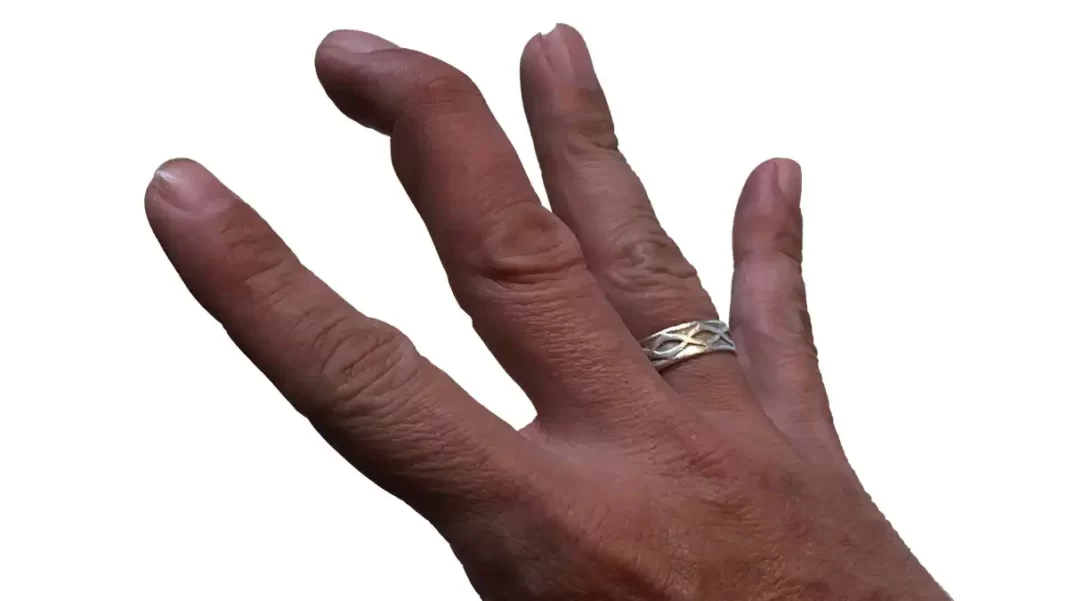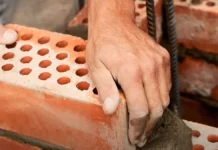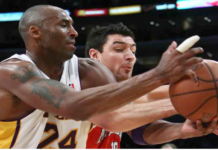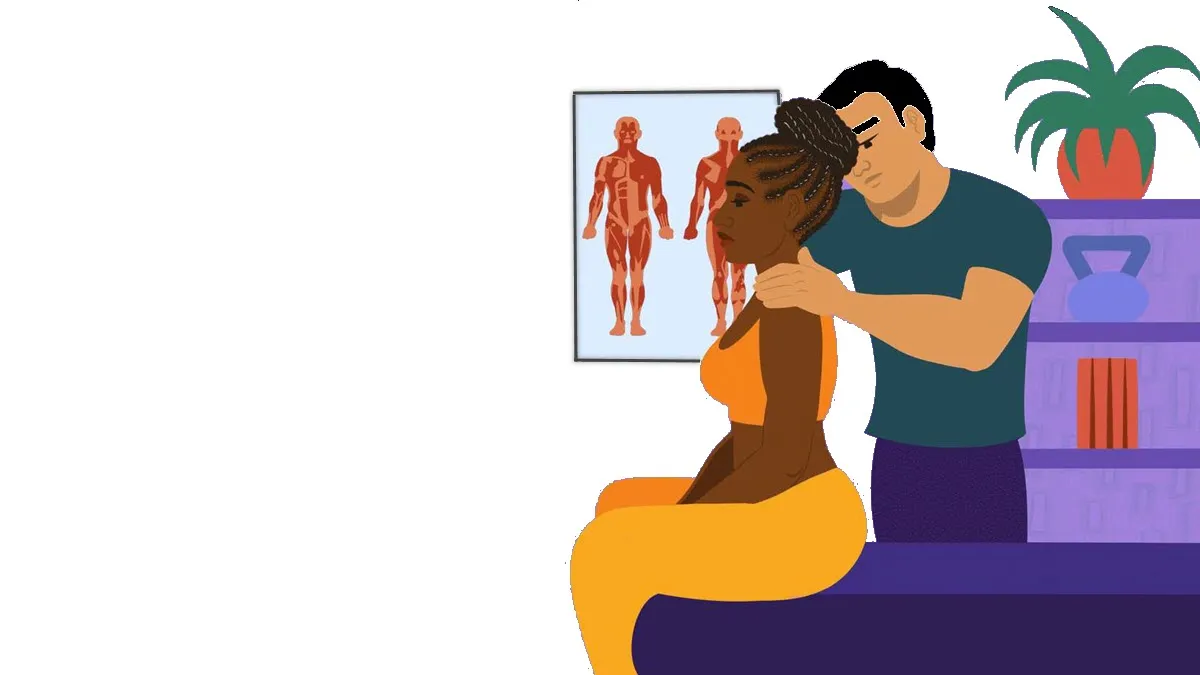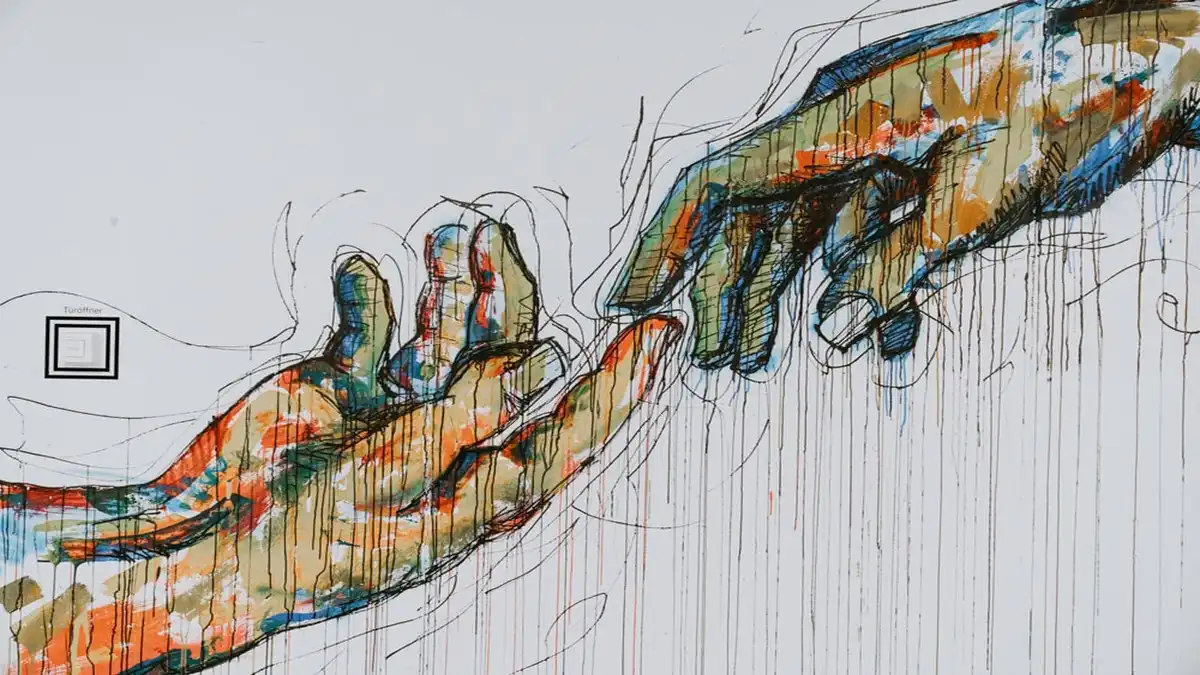Introduction
Mallet finger, also known as droopy finger or droopy fingertip, is an orthopedic condition that is characterized by a deformity of the end of a finger. This condition occurs when the extensor tendon of the finger is injured or weakened, leading to an inability to fully straighten the last phalanx of the finger.
The primary cause of mallet finger is traumatic injury, such as a direct blow to the tip of the finger or forced hyperextension of the last phalanx. This can occur during sporting activities, household accidents, or manual tasks involving intense finger manipulation.
When trauma occurs, the extensor tendon of the finger may be stretched, torn, or partially torn from its insertion at the end of the bone. This can result in an inability to fully extend the last phalanx of the finger, resulting in the appearance of a fingertip drooping downward in the resting position.
Symptoms of mallet finger can vary depending on the severity of the injury, but they generally include weakness or inability to straighten the finger, pain at the end of the finger, swelling, and sometimes a slight visible deformity of the finger. last phalanx.
Diagnosis of mallet finger is usually based on clinical examination, where the doctor assesses the strength and mobility of the affected finger. X-rays may sometimes be taken to assess the extent of the damage and rule out other associated injuries, such as fractures.
Treatment for mallet finger depends on the severity of the injury. In mild cases, conservative treatment may be recommended, including rest, immobilization of the finger in an extending splint, and tendon stretching and strengthening exercises. In more severe cases or if conservative treatment fails, surgery may be necessary to repair the tendon or stabilize the phalanx.
In general, with proper treatment, most patients make a full recovery from their mallet finger. However, rehabilitation and therapy may be necessary to restore normal strength and function to the affected finger. It is important to see a healthcare professional as soon as possible after a finger injury for an accurate diagnosis and appropriate treatment.

.
Causes of mallet finger
Mallet finger, also called drop finger, usually occurs as a result of a traumatic injury to the tip of the finger. The most common causes of this injury include sporting activities, household accidents, and manual tasks that involve intense manipulation of the fingers.
One of the main causes of mallet finger is direct trauma to the tip of the finger. This can occur when an object violently hits or collides with the last phalanx of the finger, causing sudden hyperflexion of the extensor tendon.
Another common cause is forced hyperextension of the finger. This can occur during sporting activities such as basketball, volleyball or football, where the finger may be accidentally bent backwards beyond its normal capacity.
Household accidents, such as getting your finger caught in a door or hitting it against a hard object, can also lead to mallet finger. Likewise, repetitive manual tasks that involve constant movement of the fingers, such as hammering or nailing, can increase the risk of injury.
Certain risk factors can also increase the likelihood of developing mallet finger. This includes conditions such as arthritis that weaken joints, making tendons more susceptible to injury. Likewise, poor technique or a lack of caution during physical or manual activities can increase the risk of trauma.
The pathophysiology of mallet finger primarily involves injury to the extensor tendon of the finger, usually at the distal joint. Here are the main stages of the pathological process associated with mallet finger:
- Trauma: Most cases of mallet finger result from direct trauma to the fingertip. This can occur when an object hits the fingertip violently, causing excessive stress on the extensor tendon.
- Forced hyperflexion: A forced flexion movement of the finger, usually due to a fall or direct impact, can cause hyperflexion of the distal joint and place significant pressure on the extensor tendon.
- Tendon Rupture: When the finger is subjected to excessive force, the extensor tendon can suffer a partial or complete rupture. This break can occur where the tendon attaches to the bone in the last phalanx of the finger.
- Tendon Avulsion: In some cases, instead of rupture, the tendon may be partially torn from its insertion site to the bone, causing tendon avulsion.
- Inflammation: Rupture or avulsion of the tendon causes an inflammatory reaction in the affected area. This inflammation can lead to swelling and pain.
- Finger Deformity: Due to loss of integrity of the extensor tendon, the finger can no longer be properly extended at the distal joint. This results in an abnormal downward bending of the fingertip, characteristic of mallet finger.
- Direct trauma: The most common cause of mallet finger is direct trauma to the fingertip. This can happen when an object hits the fingertip violently, often during a sporting activity or in an accident.
- Forced hyperflexion: Forced hyperflexion of the distal finger joint, usually due to blunt force, can cause rupture of the extensor tendon or avulsion of the tendon insertion at the last phalanx.
- Sports Activities: Certain sports, such as baseball, basketball, volleyball, and other ball sports, put the fingers at increased risk of extensor tendon injuries, increasing the risk of mallet finger.
- Accidents at home or at work: Accidents involving heavy objects, doors slamming shut on your finger, or workplace injuries can also cause this condition.
- Age-related factors: Older people may be more prone to mallet finger due to loss of tissue flexibility and strength.
Symptoms of mallet finger
Symptoms of mallet finger can vary depending on the severity of the injury, but they generally share common characteristics. One of the most obvious symptoms is the inability to fully straighten the last phalanx of the affected finger. This inability gives the appearance of a fingertip drooping downward in the resting position, hence the name “mallet finger.”
Another common manifestation is pain in the tip of the finger. This pain may be present at rest and may intensify when attempting to move or manipulate the finger. It may be described as a burning, tingling or pressure sensation.
Swelling is also a common symptom of mallet finger. The area around the last knuckle may become swollen and tender to the touch due to inflammation resulting from the injury. The swelling may be accompanied by redness of the skin, indicating a local inflammatory response.
Sometimes a slight deformation of the last phalanx may be visible. This may manifest as an abnormal curvature or slightly downward tilted position of the fingertip. This deformity is the result of injury to the extensor tendon which causes loss of function in the last phalanx.
In addition to physical symptoms, patients with mallet finger may also experience functional discomfort. The inability to fully use the affected finger may interfere with daily activities such as grasping objects, writing, or other manual tasks.
- Abnormal flexion: The main symptom of mallet finger is abnormal flexion of the last phalanx of the finger. The tip of the finger points downward, and it is difficult to straighten it completely.
- Pain: Pain may occur in the distal joint of the finger, particularly upon initial impact or after injury.
- Swelling: The affected joint may have some degree of swelling, due to inflammation resulting from the injury.
- Difficulty extending the finger: Due to the injury to the extensor tendon, the patient may have difficulty fully extending the last phalanx of the finger.
- Sensitivity to touch: The area around the distal joint may be sensitive to touch.
- Bruising: Bruising may develop around the affected joint, particularly if the injury is accompanied by subcutaneous bleeding.
- Weakness: The finger may show some weakness, especially when trying to straighten it.
Pathophysiology of mallet finger
The pathophysiology of mallet finger primarily involves injury to the extensor tendon of the digit, which compromises its ability to fully extend the last phalanx. This injury can occur during direct trauma or forced hyperextension of the finger, resulting in overstretching or partial rupture of the tendon.
When the extensor tendon is damaged, its ability to transmit the force necessary to straighten the last phalanx is compromised. This results in an inability to hold the last phalanx in the extended position, leading to a characteristic deformity of the fingertip in the resting position.
The severity of the tendon injury can vary depending on the force of the trauma and the overall health of the patient. In less severe cases, a simple overstrain of the tendon can result in a minor injury, while in more severe cases the tendon may be partially torn or completely ruptured.
The pathophysiology of mallet finger may also involve associated injuries, such as fractures or contusions of the surrounding bones and soft tissues. These injuries can make symptoms worse and prolong the healing process.
At the microscopic level, tendon injury results in a local inflammatory response, characterized by increased blood flow to the injured area and infiltration of immune cells. This inflammation can contribute to pain, swelling, and other symptoms associated with mallet finger.
- Finger Anatomy: The finger is made up of several bones called phalanges, and it is controlled by muscles and tendons. The extensor tendons, located at the back of the finger, allow the finger to be extended. The central extensor tendon is particularly important in the extension movement of the distal phalanx.
- Mechanism of Injury: Mallet finger usually occurs when force is applied to the end of the finger when the finger is flexed. This can occur during a direct impact, such as a blow to the fingertip, or during a sudden pull of the extensor tendon.
- Extensor tendon injury: Trauma often causes tearing or stretching of the central extensor tendon of the finger at the insertion at the base of the distal phalanx. It can also lead to a fracture of the distal phalanx.
- Impaired function: Due to extensor tendon injury, the patient loses the ability to fully extend the distal phalanx. The finger remains flexed at the last joint, giving the appearance of a mallet finger.
- Inflammatory response: Following the injury, there may be an inflammatory response in the affected area, characterized by pain, swelling and redness.
- Diagnosis and Treatment: Diagnosis of mallet finger is often based on clinical examination and x-rays to assess for the presence of fractures. Treatment may include immobilizing the finger using a splint for several weeks to allow the tendon to heal. In some severe cases, surgery may be necessary.
Therapeutic approach to the mallet finger
The mallet finger treatment approach depends on the severity of the injury. Treatment options may vary, but generally aim to promote healing of the extensor tendon of the finger. Here are some common treatment approaches:
- Immobilization: In mild cases, immobilization of the finger using a splint may be recommended. This helps keep the joint in an extended position to promote healing of the tendon.
- Rest: It is important to allow the mallet finger to rest, avoiding repetitive or excessive movements that could aggravate the injury. This may involve taking a break from activities that put strain on the finger.
- Ice Application: Ice application can help reduce inflammation and relieve pain. It is recommended to apply ice for 15-20 minutes at regular intervals.
- Osteopathy: Exercises may be prescribed to strengthen the muscles around the joint and improve mobility of the finger. These exercises can be important in preventing persistent weakness.
- Anti-inflammatory medications: Nonsteroidal anti-inflammatory medications (NSAIDs), such as ibuprofen, may be recommended to reduce pain and inflammation.
- Surgery: In severe cases or when significant damage to the tendon is present, surgery may be considered. Surgery may involve direct repair of the tendon or reconstruction, depending on the nature of the injury.
- Dynamic splint: In some cases, a dynamic splint that allows gradual extension of the finger may be used to promote controlled recovery.
It is essential to consult a medical professional to obtain an accurate diagnosis and determine the best treatment plan based on the severity of the injury. Ignoring or neglecting a mallet finger injury can lead to persistent weakness and permanent deformity of the finger.
Osteopathy
- Identification of Trigger Points:
- Assessment: Perform a thorough assessment to identify trigger points in the muscles associated with the third finger. Pay particular attention to the finger flexor muscles and their attachments.
- Trigger Point Release Techniques:
- Direct Compression: Apply direct, sustained pressure to identified trigger points using your fingers, thumb, or a gentle massage tool. Gradually increase pressure to patient tolerance, holding for 30 seconds to 2 minutes.
- Transverse Friction: Use transverse friction to release tension in muscle fibers. Apply deep, transverse movements across the muscle fibers associated with the finger.
- Release Position: Position the trigger finger in flexion and apply light traction to create a release position. Hold this position while applying gentle pressure to the identified trigger points.
- Stretching Exercises:
- Active Release: Instruct the patient on active release techniques. For example, he can actively extend and flex the third finger, combining this with gentle stretching.
- Passive Stretches: Perform passive finger stretches, focusing on flexion and extension to improve mobility.
- Myofascial Release Techniques:
- Fascia Stretching: Gentle stretches of the fascia around the finger can help release tension. Use slow, controlled movements to stretch the fascia in different directions.
- Pinch and Stretch : Pinch the affected fascia area with your fingers or thumb and ask the patient to actively stretch their finger against resistance. This helps release fascia restrictions.
- Heat Therapy:
- Apply heat therapy to the affected area before trigger point therapy. This can help relax muscles and improve the effectiveness of release techniques.
- Patient Education:
- Educate the patient on self-care techniques, including appropriate finger exercises, stretches, and self-myofascial release using tools such as foam rollers or massage balls.
- Monitoring and Adjustments:
- Continuously monitor the patient’s response to treatment and adjust your approach accordingly. If progress is slow or symptoms persist, consider involving other healthcare professionals, such as a hand therapist or orthopedic specialist.
- Collaborative Approach:
- Consider a collaborative approach by working closely with other healthcare professionals to address possible underlying issues or contributing factors, particularly if conservative myofascial trigger point therapy alone is not sufficient.
It is strongly recommended to consult a healthcare professional to obtain an accurate diagnosis and a treatment plan tailored to your specific situation.
In conclusion, mallet finger is a common orthopedic condition caused by injury to the extensor tendon of the finger, usually due to direct trauma or forced hyperextension. This injury compromises the tendon’s ability to hold the last phalanx in an extended position, resulting in a characteristic deformity of the fingertip in the resting position. Typical symptoms include an inability to fully straighten the finger, pain, swelling, and sometimes a slight visible deformity.
The pathophysiology of mallet finger involves a local inflammatory response following tendon injury, leading to increased blood flow to the injured area and infiltration of immune cells. This inflammation contributes to symptoms and can prolong the healing process. A thorough understanding of the underlying pathophysiology is essential for accurate diagnosis and effective treatment of mallet finger.
Treatment for mallet finger depends on the severity of the injury, ranging from rest and immobilization to surgery in more severe cases. Early intervention and appropriate follow-up are essential for optimal recovery and to minimize long-term complications.
In summary, mallet finger is a condition that can cause functional and cosmetic discomfort, but with proper treatment, most patients make a full recovery from their injury. It is important to consult a healthcare professional as soon as symptoms appear for an accurate diagnosis and a treatment plan tailored to each individual case.
References
- Colzani G, Tos P, Battiston B, Merolla G, Porcellini G, Artiaco S. Traumatic Extensor Tendon Injuries to the Hand: Clinical Anatomy, Biomechanics, and Surgical Procedure Review. J Hand Microsurg. 2016 Apr;8(1):2-12. [ PMC free article ] [ PubMed ]2.
- STARK HH, BOYES JH, WILSON JN. Mallet fingers. J Bone Joint Surg Am. 1962 Sep;44-A:1061-8. [ PubMed ]3.
- Lin JS, Samora JB. Surgical and Nonsurgical Management of Mallet Finger: A Systematic Review. J Hand Surg Am. 2018 Feb;43(2):146-163.e2. [ PubMed ]4.
- Geyman JP, Fink K, Sullivan SD. Conservative versus surgical treatment of mallet finger: a pooled quantitative literature evaluation. J Am Board Fam Pract. 1998 Sep-Oct;11(5):382-90. [ PubMed ]5.
- Wehbé MA, Schneider LH. Mallet fractures. J Bone Joint Surg Am. 1984 Jun;66(5):658-69. [ PubMed ]6.
- Handoll HH, Vaghela MV. Interventions for treating mallet finger injuries. Cochrane Database Syst Rev. 2004;(3):CD004574. [ PubMed ]7.
- Smit JM, Beets MR, Zeebregts CJ, Rood A, Welters CFM. Treatment options for mallet fingers: a review. Plast Reconstruction Surg. 2010 Nov;126(5):1624-1629. [ PubMed ]8.
- Lamaris GA, Matthew MK. The Diagnosis and Management of Mallet Finger Injuries. Hand (NY). 2017 May;12(3):223-228. [ PMC free article ] [ PubMed ]9.
- Stern PJ, Kastrup JJ. Complications and prognosis of treatment of mallet finger. J Hand Surg Am. 1988 May;13(3):329-34. [ PubMed ]10.
- Shankar NS, Goring CC. Mallet finger: long-term review of 100 cases. JR Coll Surg Edinb. 1992 Jun;37(3):196-8. [ PubMed ]

